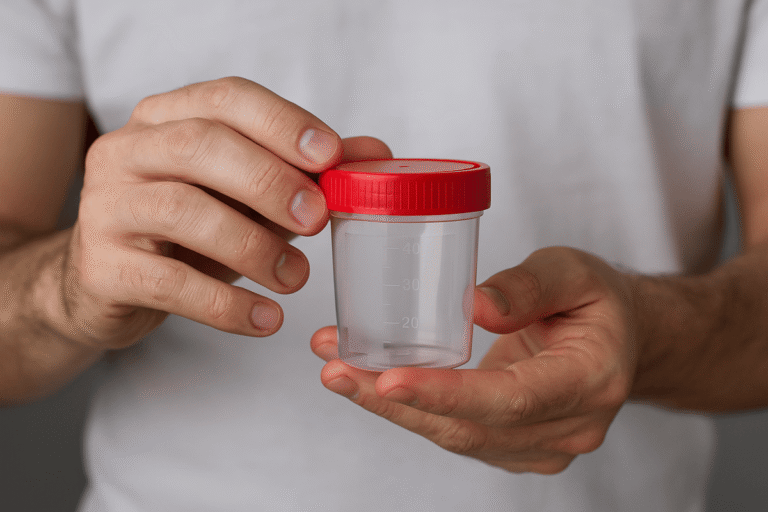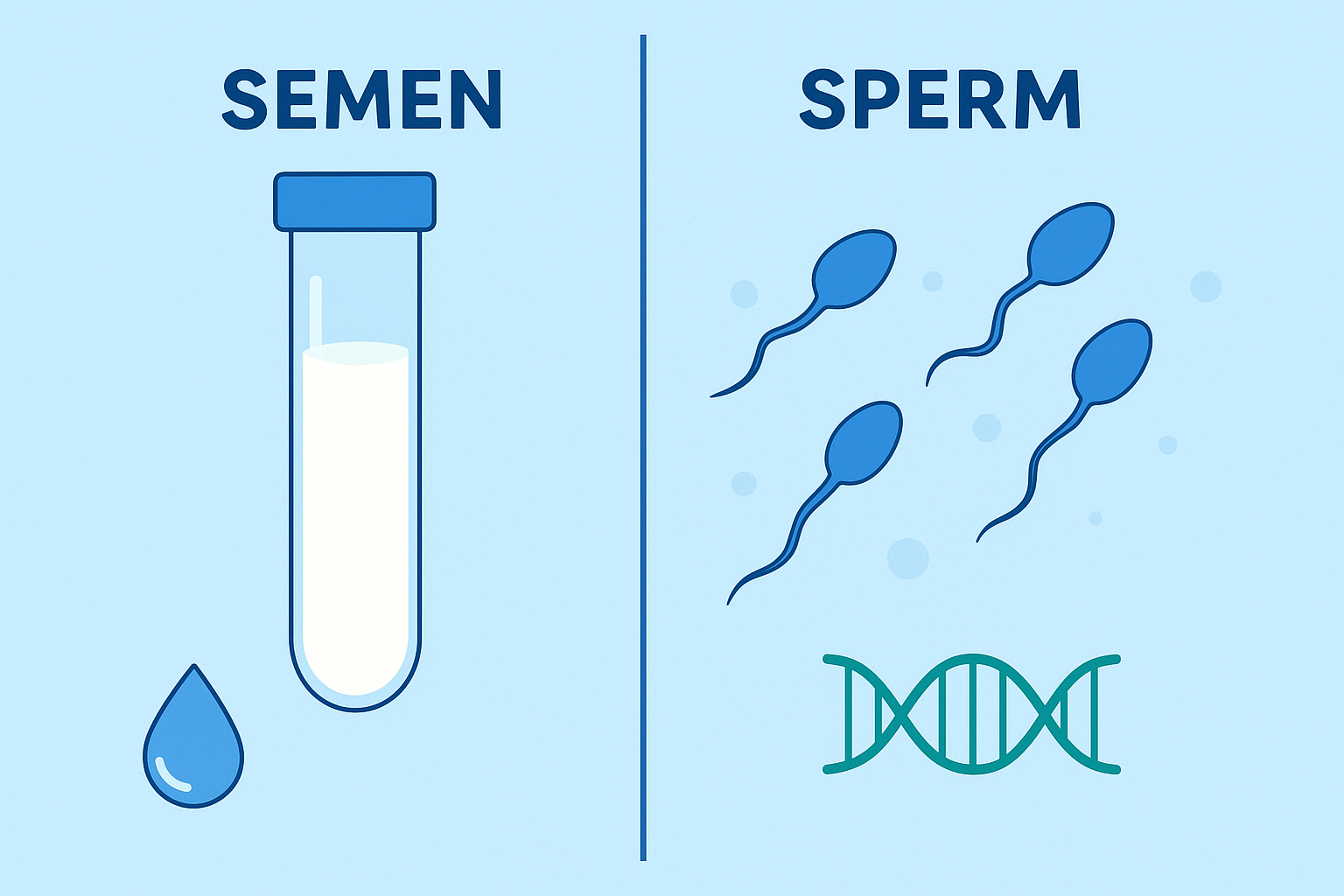Pregnancy is a time of joy and expectation, but you also need to be cautious of any health problems. Preeclampsia, which causes high blood pressure and damage to organs, affects 5–8% of pregnancies across the world. It’s important for expecting parents to learn about the indications of preeclampsia early on since it can save lives. This article provides comprehensive information on the causes, symptoms, and strategies for managing them, enabling you to stay proactive.
Understanding Preeclampsia: Causes, Symptoms, and Risks
Preeclampsia is a pregnancy-specific condition that is identified after 20 weeks of pregnancy. It is marked by high blood pressure and problems with organs, such as proteinuria or liver or kidney problems. Researchers think that poor placental development, which stops blood flow and starts systemic inflammation is may be the cause. If not addressed, it may turn into eclampsia (seizures) or HELLP syndrome (a liver disease that can kill you). These problems put both the mother and the baby at risk, which is why frequent prenatal checkups are so important.
Signs of Preeclampsia: Key Symptoms and Warning Signs
Physical Symptoms of Preeclampsia
Because the indicators of preeclampsia are similar to regular pregnancy pains, it’s important to be on the lookout. Key symptoms include chronic high blood pressure (≥140/90 mmHg), proteinuria (excess protein in urine), severe headaches resistant to medications, impaired vision or light sensitivity, abrupt swelling in the hands/face, and stabbing pain beneath the ribcage. In severe situations, people may feel sick, throw up, have trouble breathing, or gain weight quickly.
Emergency Signs of Preeclampsia
If you have headaches with changes in your vision, fast weight gain (more than 2 pounds in a week), less urine, upper abdomen discomfort, or trouble breathing, call your doctor right away. These might indicate that preeclampsia is becoming worse and needs immediate medical attention.
Also Read: Learn About Ectopic Pregnancy
Preeclampsia Risk Factors
High-Risk Groups for Preeclampsia
It may happen in every pregnancy, but the chances are up if it’s your first pregnancy, you’ve had preeclampsia before, you have a chronic illness (such diabetes, high blood pressure, or renal disease), you’re having twins or triplets, you’re overweight (BMI >30), or you’re very young (under 20) or very old (over 40). Genetic factors and autoimmune diseases may also make people more likely to become sick.
Reducing Preeclampsia Risk: Prevention and Management
There is no way to be sure that you won’t become sick, but low-dose aspirin (after 12 weeks for high-risk patients), calcium supplements (1,000–1,500 mg/day), and adjustments to your lifestyle (a balanced diet, moderate exercise, and stress reduction) may all help minimize your risks. Regular prenatal care makes it possible to find indicators of preeclampsia early.
How Preeclampsia Affects Maternal and Fetal Health
Maternal Complications of Preeclampsia
Eclampsia (seizures), HELLP syndrome (liver dysfunction, low platelets), placental abruption (premature placental separation), or organ damage (kidney failure, stroke) are all possible outcomes of not treating the condition. These crises typically need to be delivered right away.
Fetal and Neonatal Risks of Preeclampsia
Babies might be born too soon (before 37 weeks), have intrauterine growth restriction (IUGR) because the blood supply to the placenta is insufficient, have a low birth weight (less than 5.5 pounds), or have long-term health problems, including high blood pressure or developmental disabilities
Diagnosing and Treating Preeclampsia: Methods and Options
How It Is Diagnosed: Tests and Screenings
Blood pressure monitoring, urine tests (24-hour protein collection), blood testing (liver enzymes, platelet counts), and Doppler ultrasounds to check blood flow to the placenta all help confirm preeclampsia. Non-stress testing keeps monitoring of the fetal heart rate and mobility.
Preeclampsia Treatment: Medications and Delivery Plans
Antihypertensive medications like labetalol and nifedipine are used to lower blood pressure. Magnesium sulphate is used to stop seizures. Corticosteroids are used to speed up the development of the fetus’s lungs. In extreme circumstances, the patient must be hospitalized. The only way to fix the problem is to deliver the baby, which may require premature induction if the mother’s or baby’s condition becomes worse.
Preventing Preeclampsia: Strategies for a Safer Pregnancy
Lifestyle Adjustments to Lower the Risk
Taking care of yourself before you are pregnant (by managing your weight and chronic diseases), eating a diet strong in calcium, magnesium, and antioxidants, and lowering stress (via yoga or meditation) all help keep your blood vessels healthy and lower inflammation that may lead to preeclampsia.
Medical Interventions
The ACOG says that high-risk individuals should have low-dose aspirin treatment (75–150 mg/day commencing at 12 weeks). Regular visits to the doctor during pregnancy can find indications of preeclampsia early, and calcium supplements help those who don’t get enough calcium in their diet.
The Takeaway: Early Detection and Awareness Save Lives
The best strategies to protect the health of both the mother and the baby are to know the indications of preeclampsia, go to all of your prenatal checkups, and report any symptoms immediately. Share this guide to help others learn about prenatal care and give them the tools they need to speak out for it.





[…] Also read: Preeclampsia 101: A Survival Guide and Expert Tips for Parents […]
[…] Also Read: A Parent’s Survival Guide to Preeclampsia with Expert Tips […]